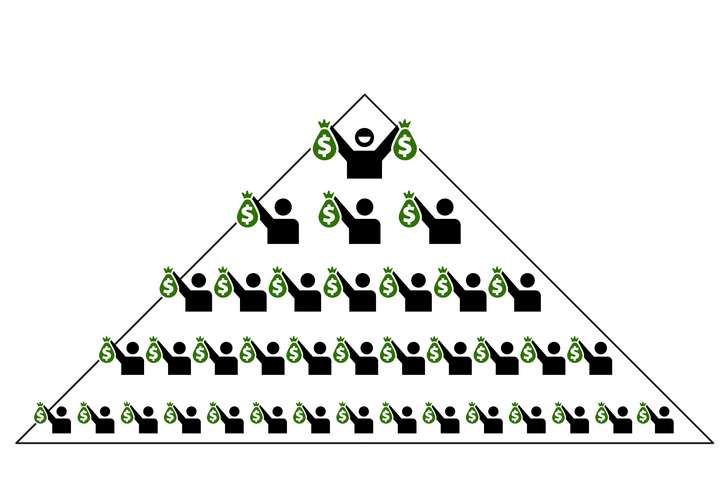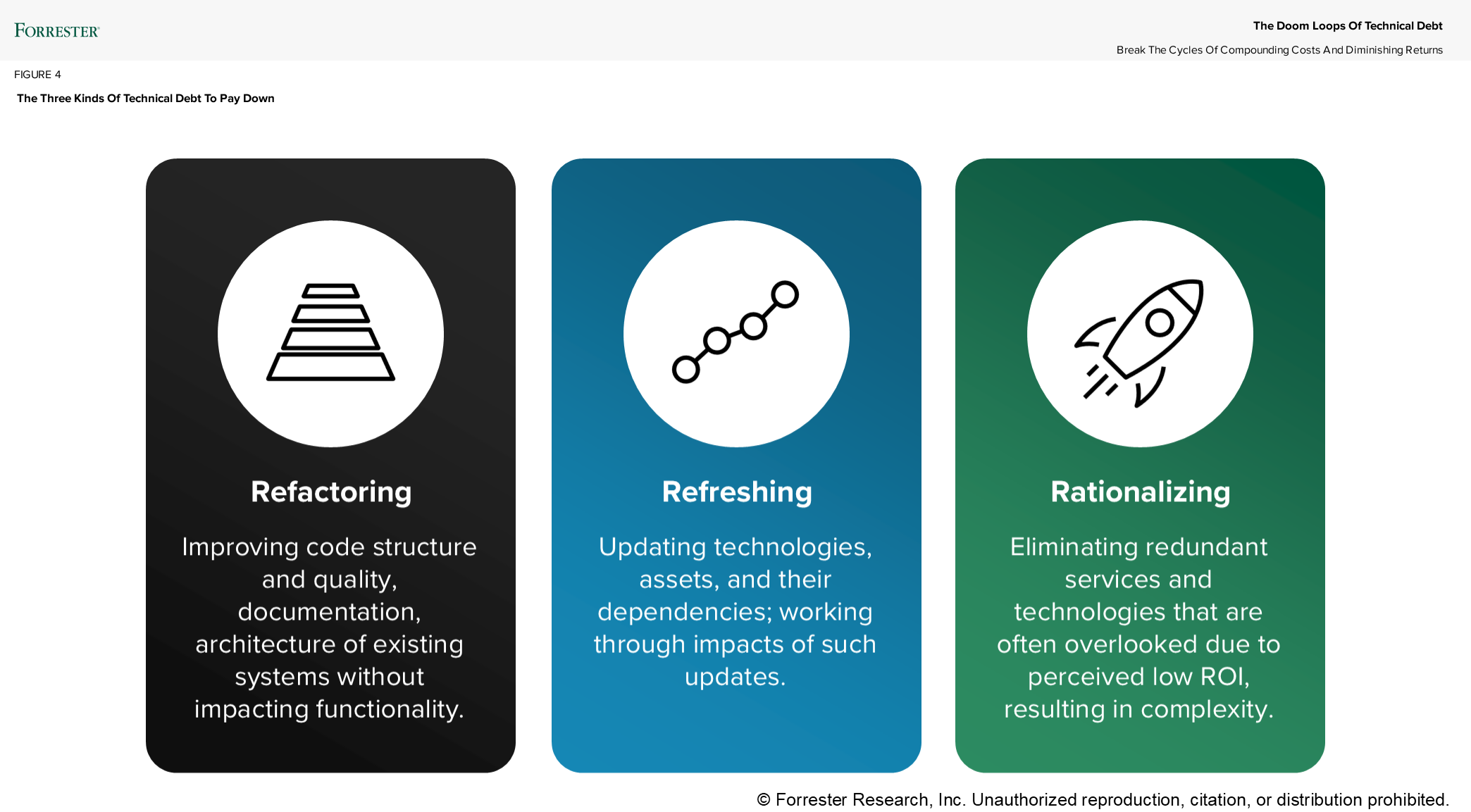If you’ve peeked at your 401(k) lately, you may have noticed something encouraging. Your balance might be higher than it’s been in years. According to Fidelity’s 2025 Retirement Analysis, the average 401(k) balance hit an all-time high, rising roughly 8% year-over-year.
It’s a clear signal that staying invested, market recovery, and focusing on the long term does pay off. But here’s the key: averages are helpful, but what really matters is how much your are contributing to your 401(k). Let’s break down what this means for you and how to take advantage of it.
Why 401(k) Balances Are Up
Several forces are working in your favor. Despite significant turbulence earlier in the year, the markets demonstrated resilience and rebounded strongly, facilitating a recovery in retirement accounts. This turnaround occurred even as Americans navigated market volatility, persistent tariff uncertainty, and ongoing inflationary pressures.
So yes, the good news is real. The market is aligning in your favor.
401(k) Average Balances by Age Group
Fidelity’s Q2 2025 Retirement Analysis gives savers a snapshot of how their 401(k) balances compare to others. In the second quarter of 2025, the average 401(k) balance grew 8.4%, reaching a record $137,800. This data comes from Fidelity’s 24.6 million 401(k) accounts and offers a useful benchmark for savers at every stage of their careers.
Here’s a breakdown of average balances by age group:
401(k) Balances By generation
Baby Boomers (born 1946-1964): ~$256,600 average Generation X (born 1965-1980): ~$205,300 average Millennials (born 1981-1996): ~$74,800 average Generation Z (born 1997-2012): ~$15,800 average
401(k) Balances By age-bands
20s: ~$20,100 30s: ~$63,800 40s: ~$136,600 50s: ~$231,900 60s: ~$255,200 70s: ~$259,000
It’s important to remember that averages don’t tell the full story. Factors such as income level, years of saving, expected investment growth, and retirement goals can all impact your personal situation. Extreme balances, either very high or very low, can also skew these averages. Still, these figures provide a helpful reference point to see how your savings stack up against others in your age group.
What You Can Do Now
While the average American estimates they need around $1.26 million to retire comfortably, retirement isn’t one-size-fits-all. Your 401(k) target should be tailored to your income, lifestyle, and vision for the future. Here’s a quick 3-minute check you can run today:
1. Are you saving enough to get your full employer match?
If your employer offers a match, not maximizing it means leaving free money behind. If you’re not enrolled in your 401(k) and maximizing this match, you’re essentially leaving money on the table untouched, just waiting to be claimed. It’s one of the easiest ways to boost your savings without extra effort.
TIP: Login to your 401(k) account and if you have an employer match, adjust your contribution rate to march what your company offers.
2. Have you reviewed your deferral rate lately?
If your contribution percentage hasn’t changed for a while, you may be missing out on momentum. Increase your contribution rate by 1% (or more if possible). Even a small increase has a big effect over time. And you’re riding on an upswing already.
TIP: Login to your 401(k) account and easily adjust your 401(k) contribution rate.
3. When’s the last time you checked your investment mix?
Even a strong strategy can benefit from a periodic refresh. Having a diverse investment portfolio means that you are invested in a wide variety of asset classes, including stocks, bonds, and more.
TIP: Login to your 401(k) account and make sure your risk tolerance (conservative, moderate, or aggressive) positions your account to gain the most reward while mitigating risk based on your comfort level at each stage of life.
Putting the Numbers in Perspective
If the last few years have taught us anything, it’s that staying the course, even through uncertainty, makes a difference. The 401(k) balances and rebound you’re seeing now is proof that long-term investing works. Yes, you’ll still face market bumps, life changes, and surprises. But right now, you’ve got momentum on your side.
So log in to your account. Take five minutes. Review your progress. Make one small change. Because the average being up? That’s good news. Your balance going up? That’s the goal.

























